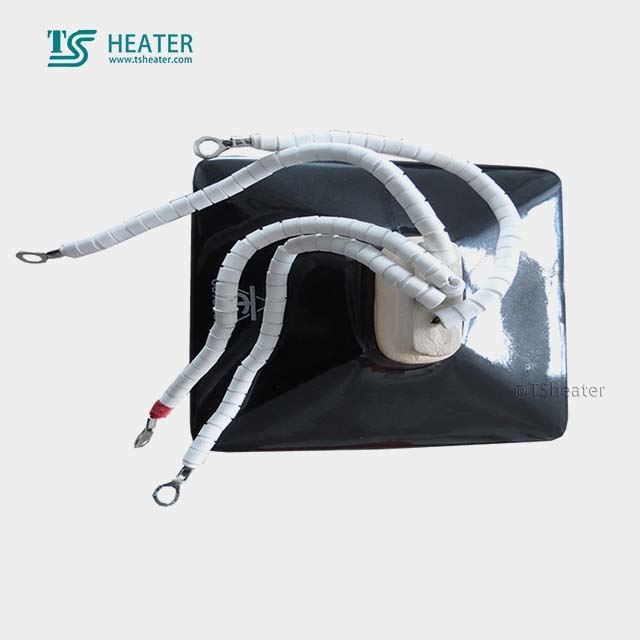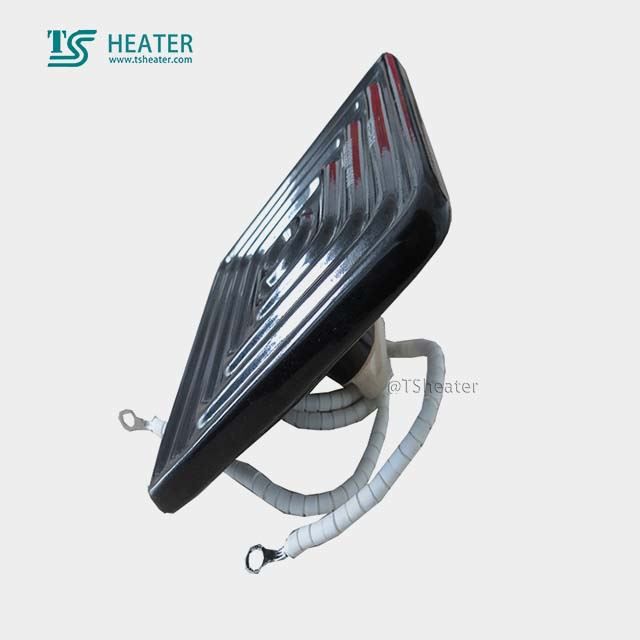The ceramic infrared heating element produced by our company has complete specifications and can be customized according to customer needs.
The ceramic infrared heating element produced by our company has complete specifications and can be customized according to customer needs.
Introduction:
The ceramic infrared heating element uses a high emissivity glaze layer, ceramic with good thermal shock resistance as the matrix, built-in high-quality nickel-chromium alloy wire, calcined in a high-temperature electric furnace of more than 1,000 degrees, can radiate the right The far infrared rays of 2-10μm wavelength are beneficial to the human body.
performance:
1. Good chemical stability, strong oxidation resistance, and high corrosion resistance;
2. The heat loss of the non-radiative surface is small in use, which saves energy;
3. The substrate (unglazed) is heated to 800℃ and placed in cold water for dozens of times without cracking;
4. The finished product of the ceramic infrared heating element is energized and heated to the rated power, and immersed in cold water for forty times without loss;
5. The emissivity of the ceramic infrared heating element is greater than 0.9;
Product Usage:
The ceramic infrared heating element generally has heating functions such as drying, radiation heat treatment, sterilization, and heating.
Performance parameter
As for the pros and cons of the ceramic infrared heating element, the following methods allow us to make a preliminary judgment.
Note: When the size, voltage, and power of the heater are the same
1. Surface average power density
The higher the surface average power density can be achieved, the better the performance of the heater.
2. Temperature
The higher the use temperature, the better the temperature resistance, so the service life is longer at the same temperature.
3. Weight
Generally speaking, the lighter the ceramic infrared heating element of the same model, the higher the heating efficiency.
4. Heating and cooling performance
The quicker the temperature rises and falls, the better the heater performance.
5. Service life
Service life is an important indicator of heater performance parameters. The longer the service life, the better its performance.
6. energy-saving effect
Obviously, the better the energy-saving effect, the better the heater performance.
7. Heat uniformity
The more uniform the heating temperature of the heater surface is, the better its performance.
8. Consistency
The higher the consistency of the parameters (temperature rise and fall performance, weight, etc.) of the same type of heater, the better the performance of the heater.

